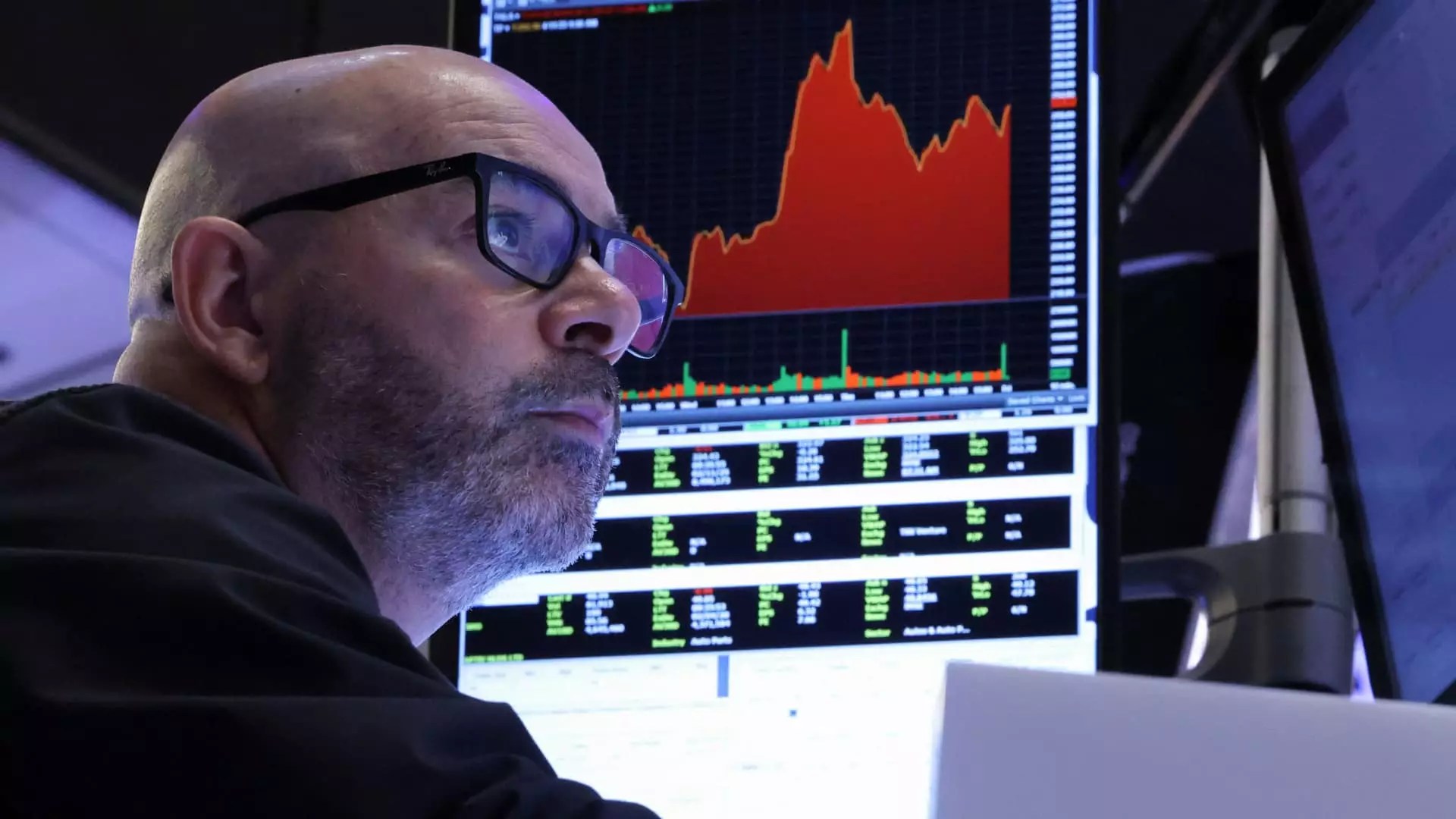In an unprecedented twist within the financial markets, the surge of zero-day-to-expiration (0DTE) options has significantly altered investor behavior. These options, which expire the same day they are purchased, have gained immense popularity since their simplified accessibility became a staple for retail investors, notably through platforms like Robinhood. With soaring volumes—8.5 million in April alone—these options now constitute around 7% of the total U.S. option market volume, a staggering increase of 23% since the start of the year. One cannot ignore how such frenzied trading strategies have become a double-edged sword: yes, they offer potential quick gains, but they also sow the seeds of chaotic volatility that can easily unravel the cautious investor psyche.
Volatility: The New Norm
Recent market dynamics have unfolded a theater of extreme volatility; prime examples include the S&P 500’s historic swings during turbulent times, especially as significant geopolitical events unfold. Intraday fluctuations have surged to levels reminiscent of the harrowing days during the 2008 financial crisis and even exceed the volatility spikes witnessed in 2020. This spike in volatility is alarming; it is compounded by the speculative nature of 0DTE options, which tend to amplify price movements—like throwing gasoline onto an already burning fire, as Jeff Kilburg aptly describes. Such ferocity in market swings raises questions about the sustainability of this volatile environment. When rapid and dramatic price changes become commonplace, the foundation of what was once considered a stable investment landscape begins to crack under the pressure.
A Risky Game for Retail Investors
What was once the domain of seasoned institutional investors has now been simplified for the everyday trader, resulting in a paradigm shift. As more retail investors turn to 0DTE options to either capitalize on volatility or hedge against sudden moves, one must ask: are they equipped with the necessary knowledge and tools to navigate this treacherous terrain? The democratization of trading has its perks; however, this influx of less experienced players could tilt the scale toward chaos. This is not to disparage the intelligence or resourcefulness of retail investors but rather to emphasize the uncanny risk involved in relying on these ephemeral contracts. The naiveté surrounding options trading cannot be underestimated; the thrill of immediate gains can cloud judgment just as quickly as a downturn can evaporate one’s investments.
The Psychological Tug-of-War
The allure of quick profits begets an insatiable appetite for risk, creating a behavioral phenomenon reminiscent of gambling more than traditional investing. It is as if the market has become a virtual casino, drawing in players eager for their chance at fortune but often leaving them exposed to devastating losses. Such psychological pressures can distort decision-making processes, leading investors to act impulsively, without adequately weighing the consequences of their trades. In essence, the feasibility of 0DTE options thinly veils the lurking perils of volatile market movements, allowing greed to triumph over cautious reasoning.
Institutional Impact and Market Manipulation Fears
Amid this chaos, institutional investors are not immune to the perils brought about by the growing prominence of short-lived options. Analysts have pointed fingers at the price-exacerbating mechanisms that market makers must employ to balance their positions, as their activities can inadvertently fuel further fluctuations. In this context, we must reconsider the implications of market behavior. Are we merely spectators in a rigged game, where the stakes become dangerously high yet the rules appear skewed in favor of the savvy few? This isn’t just alarmist rhetoric; it highlights the pressing need for greater regulatory scrutiny over how mass-scale options trading is impacting the broader market landscape.
While the financial landscape continues to evolve, the rapid adoption of 0DTE options serves as a poignant reminder that investors must tread carefully. The reality is that the allure of instant gratification comes bundled with inherent tensions and risks. As we witness the fabric of market stability unravel, it is incumbent upon investors—both retail and institutional—to reassess their strategies and weight the risks associated with increasingly volatile trading practices. Awareness, knowledge, and a commitment to sound investing principles may well be the navigation tools required to steer clear of this perilous course.


Leave a Reply